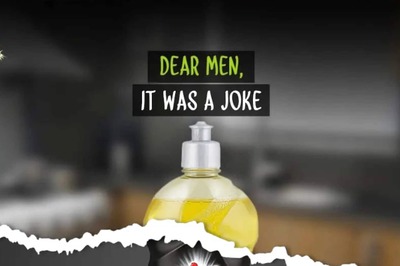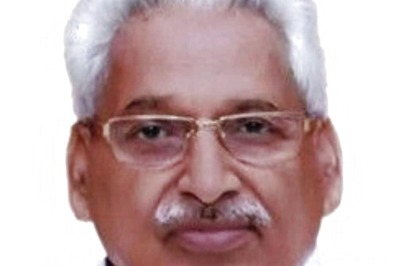
views
Delhi entered the New Year reeling under severe air pollution. There are no farm fires in Punjab right now, and still air pollution in Delhi, if not worse, is definitely not better than what it was during the harvest time in November first week.
The Delhi government, having blamed one and all for the bad air of the national capital, has now ordered a study to find out the reasons for the cloak of pollution hanging over the national capital.
What do we need to study if the writing on the wall is clear?
In order to provide for promised subsidies to power and water consumers, the Delhi government has been scratching the bottom of the barrel to meet the financial needs. That has led to the most unreasonable ‘rationalisation’ of budget expenditures, including a 25 percent cut in the funds meant for controlling air pollution in Delhi, in its revised budget estimates for 2018-19. This has happened when pollution in Delhi is at a dangerous level for the past one week.
One of the biggest factors adding to pollution plaguing the city has been the excessive burden of private vehicles plying on city roads. The government was needed to take tough measures on this count but has instead sought to dismantle the dedicated bus corridors.
To discourage the sale of private vehicles, the Transport Department hiked the onetime parking charges to Rs 75,000 sometime back. This, however, was upturned by the city government calling it exorbitant. Delhi’s transport commissioner had issued an order notifying that the new parking charges would be applicable from January 1, 2019. But, soon after the notification, Delhi Transport Minister Kailash Gahlot tweeted: “Transport department has been directed to withdraw the order dated December 21, 2018 regarding increase in parking charges in South, East and North Delhi Municipal Corporations. Owners of commercial and non-commercial vehicles need not deposit the enhanced parking fee till the matter has been examined afresh.”
Justifying the withdrawal, Gahlot cited ‘irregularities’ in it.
The order needed political will to be implemented as it would have angered the cab operators, transporters and to some extent, car owners. The one-time parking charges of cars were raised from Rs 4,000 to up to Rs 75,000, depending on the price of the vehicle. On the other hand, the annual parking charges for commercial vehicles such as buses were raised from Rs 6,000 to up to Rs 75,000.
The government in the election year can ill-afford such a tough measure even though it would have arrested the rapid decay in the quality of city’s air.
The Delhi government, especially the Chief Minister, keeps floating the idea of bringing in odd-even car plying scheme as the solutions for deteriorating air quality of Delhi but as experience in past has shown, it is not a permanent solution. The solution lies in strengthening the public transport system, which in the last five years is strutting towards a collapse with no new buses being added to the Delhi Transport Corporation (DTC) fleet.
In fact, no buses have been added into DTC fleet after 2010 Commonwealth Games. News has been doing the rounds that 1,000 new buses will be added into it but there is nothing on the ground. Similarly, introduction of electric buses was being talked about, but there is no clear road map on when that will happen. Third phase of Metro construction is delayed while there is no news about phase 4.
Introduction of CNG-run vehicles at the beginning of the century had ‘cleaned the city’s air’, but statistics show that Delhi’s pollution has increased five times over the past eight years. Moreover, thousands of trucks that make way into the city late at night are responsible for 65 per cent of the total particulate matter in Delhi’s air. Most of them enter the city unregulated, despite the Supreme Court order to keep them out of the capital.
Two other related factors that cause air pollution are the fuel pumps and sale of adulterated fuel in Delhi. The fuel pumps don’t have a Vapor Recovery System (VRS) that helps in limiting the release of pollutants into the air like in Western countries, while use of adulterated fuel increases emissions.
There are other factors, too, but vehicular pollution is the single most lethal contributor to city’s bad air. As far as vehicular emissions are concerned, they contribute 63 per cent of the total air pollution in Delhi. Burning of petrol and diesel to run automotive vehicles releases greenhouse gasses. Delhi is flooded with more than seven millions cars and 1,400 new ones are added to this tally every day.
Delhi’s air cannot be cleaned by ad hoc measures. It has to be addressed by tough and persistent initiatives. It would also need various stake holders in state’s politics to rise above petty considerations and come together to save the city for the posterity.
(The writer is a senior journalist and political columnist. Views are personal)


















Comments
0 comment